News 11/20/12
From Memphis Belle “Social media and EHR. Practices wanting to incorporate social media into their marketing tool box should check out MOGAobgyn on Facebook. They did an exemplary job advising patients of their EHR transition.” I agree. One of the many things that Memphis Obstetrics & Gynecological is doing right is keeping the updates fresh and varied, with posts on a daily basis, lots of pictures and videos, and a good mix of content, including questions posed to patients. MOGAobgyn keeps patients engaged with pleas to share stories on everything from Thanksgiving Day births, experiences with premature deliveries, or using family member for daycare. Last week the practice went live on InteGreat EHR and posted updates and videos before, during, and after the implementation. Nice job.
McKesson will give $1 million in free Practice Choice EMR software to 100 physicians providing charity care across ten cities. To qualify, physicians must be either primary care, internal medicine, gynecology, or pediatric providers; have a history of providing unreimbursed care to the low-income community; and work in a private 1-10 physician practice.
The National Football League signs with a 10-year contract worth $7-$10 million with eClinicalWorks for EHR.
Medical education provider Pri-Med, a division of Diversified Business Communications, acquires EHR provider Amazing Charts. Amazing Charts will operate as an independent subsidiary and founder Jonathan Bertman, MD will continue to serve as president.
White Plume Technologies releases AccelaMOBILE, its mobile charge capture product, into the Apple App Store.
CareCloud hires Ralph Catalano, a former VP of client development for athenahealth, as VP of operations.
ADP-AdvancedMD introduces a charge capture app for EHR for use on the iPad and iPad mini.
NextGen Healthcare releases its 8 Series EHR content, which includes a new user interface, standardized framework for templates, and streamlined navigation.
Vitera Healthcare introduces Hands-On Lab for virtual product training.
Greenway releases the results of an HIT survey of physicians, CIOs, and consumers. Key findings include:
- 56 percent of patients believe technology helps physicians improve care, though seven percent believe it gets in the way of interaction with their doctors
- 76 percent of practices either aren’t sure about participating in an ACO or have decided they won’t participate
- 16 percent of practices will stop taking Medicare and Medicaid patients if payments are reduced
- 45 percent of patients say they would change doctors if they’re kept waiting too long.
Sixty-nine percent of US primary care physicians report using EHRs, up from 46 percent in 2009. About a third of doctors say their patients have the ability to e-mail the practice and have online tools to request appointments, referrals, and prescription refills. The study of 10 “high-income” countries also finds that despite health reform initiatives, a high percentage of physicians in all countries complain of untimely access to information from hospitals and specialists. In addition, over half of US doctors report that grappling with insurance restrictions is a major problem and that often their patients go without care because of costs.

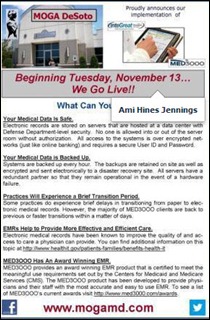
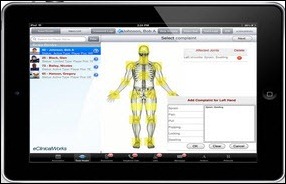
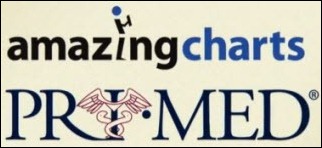
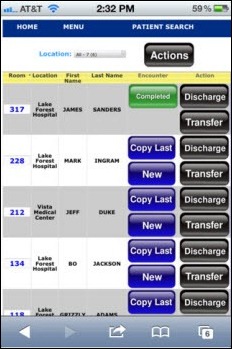

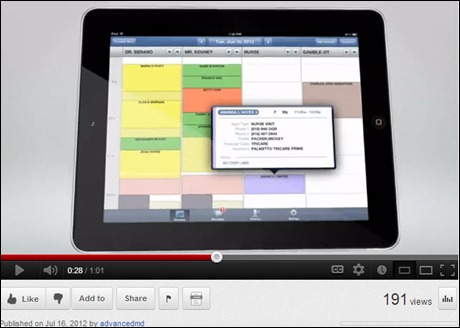
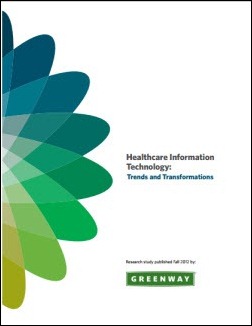
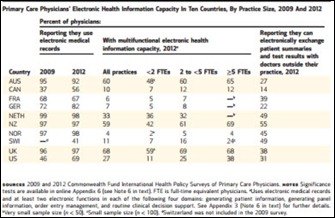



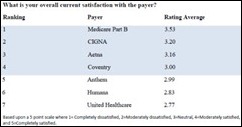


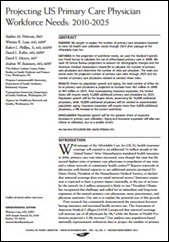

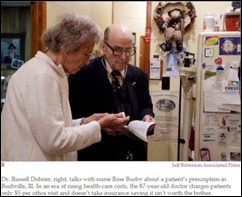


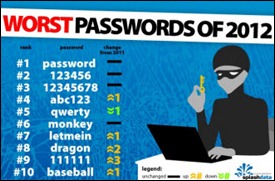
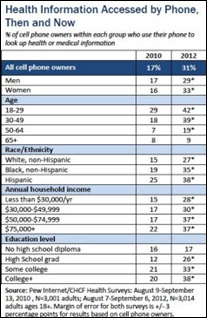
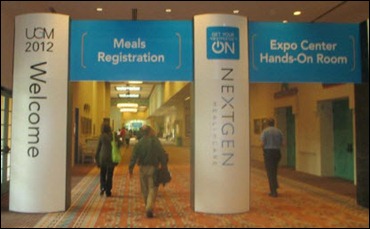
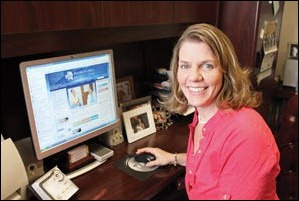


The article about Pediatric Associates in CA has a nugget with a potentially outsized impact: the implication that VFC vaccines…